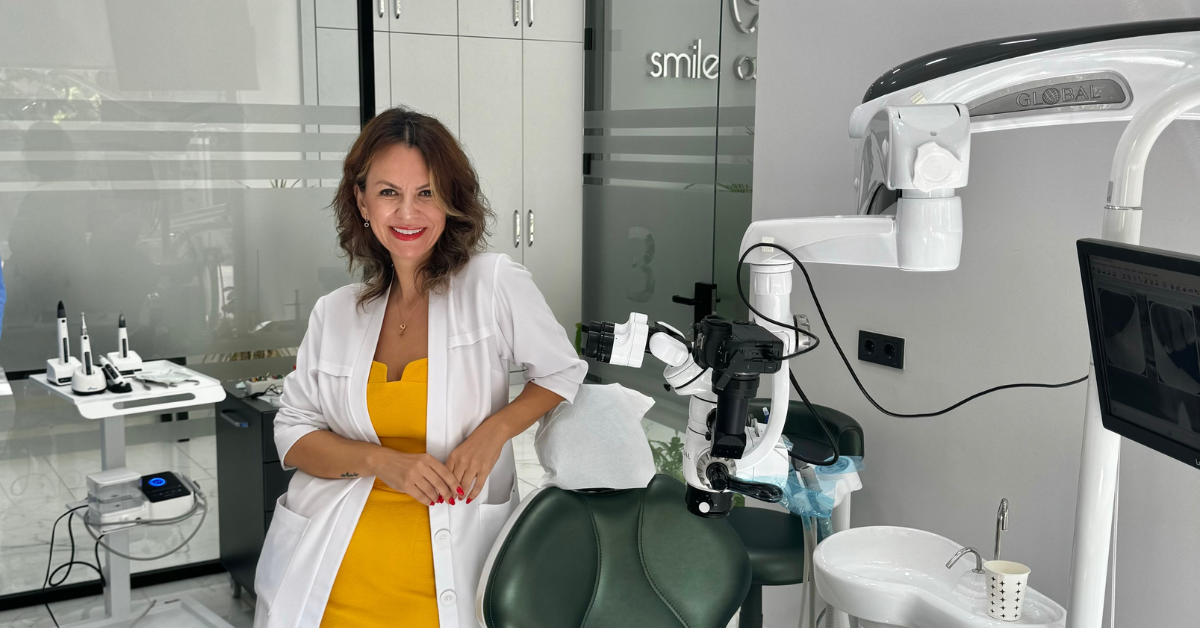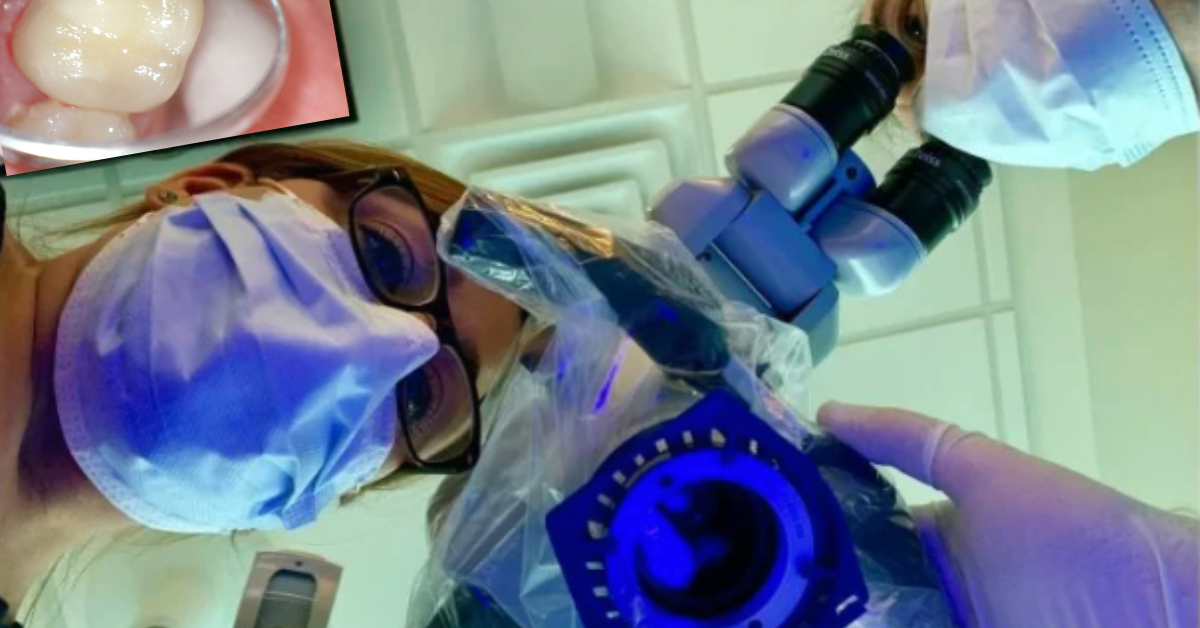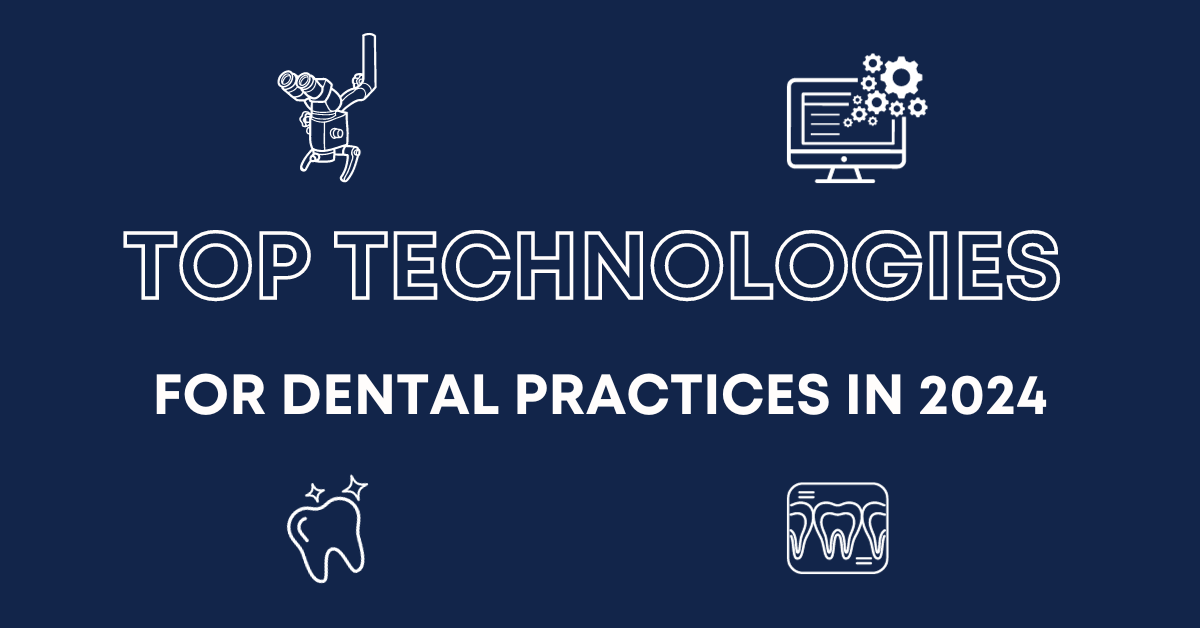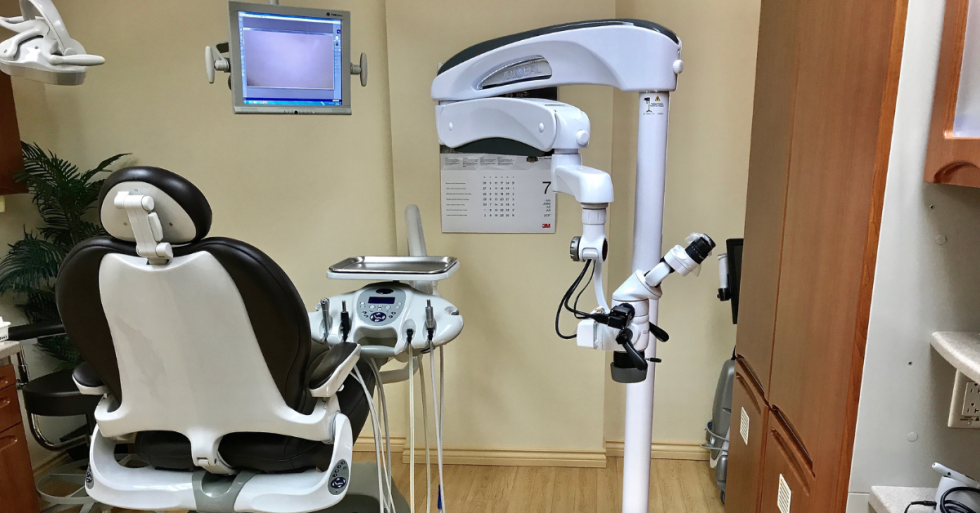Why Every High-Tech Operatory Should Add a Dental Microscope
Adding a dental microscope to your high-tech operatory is a decision that enhances every aspect of your practice. It pays for itself through better case acceptance, allows for more precise treatments when paired with a laser, and provides invaluable documentation capabilities. With co-observation features, it fosters teamwork and efficiency, while its ergonomic design helps you stay healthier and work longer.











